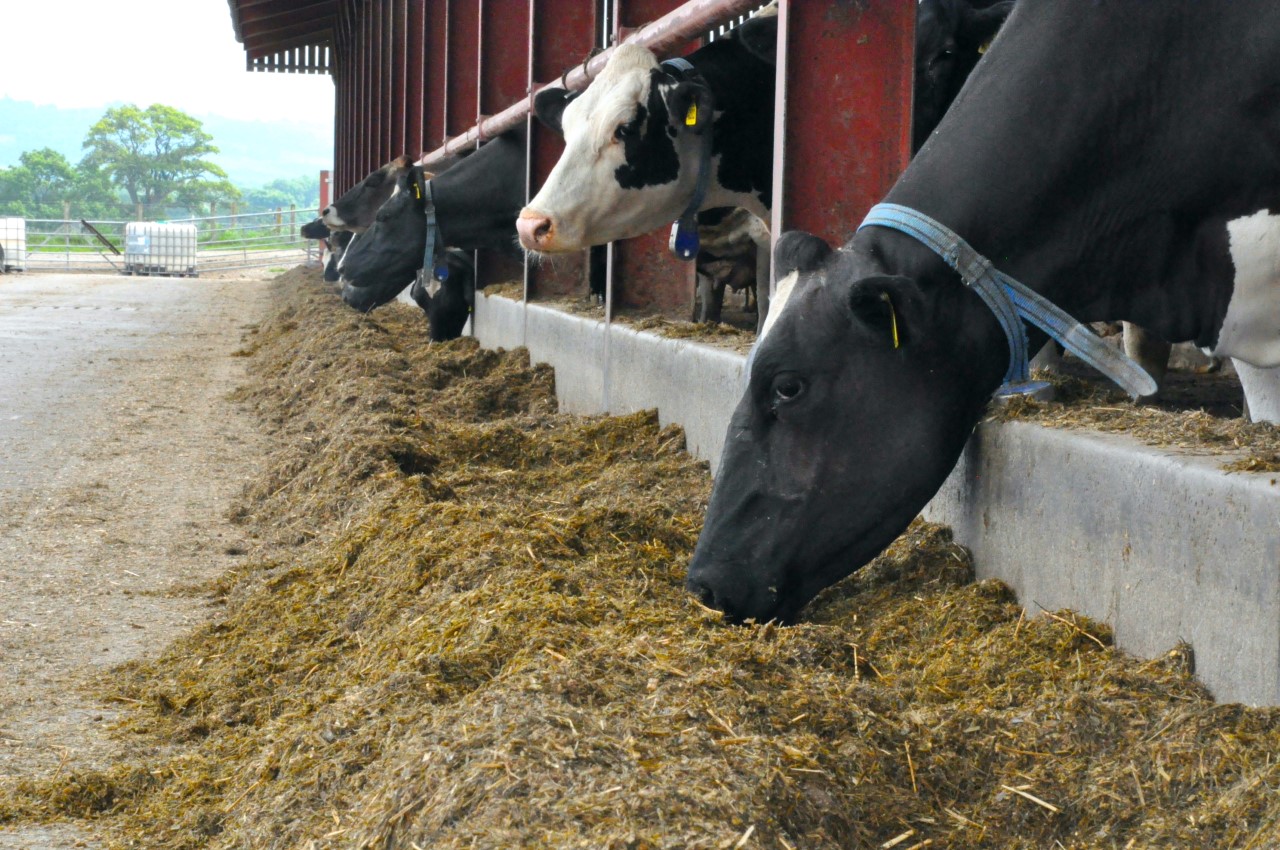Importance of learning silage lessons
07 October 2022
The 2022 growing season provided a clear reminder of why it is important to capture and lock-in silage yield and quality at every opportunity.
The 2022 season underlined a couple of important lessons, says Volac silage expert, Ken Stroud:
- Seizing every opportunity to produce enough, good quality silage is essential
- When it comes to the weather, expect the unexpected
In a business like farming, where we are dependent on the weather, we are always exposed to risk,” says Ken. “To manage this risk, good planning is key.
“After a season like 2022, which left many producers facing silage shortfalls because of the drought, it’s a good time to reappraise your silage-making.
“Do you need to make more silage next season – or at least do a better job of reducing in-clamp losses – in case the weather in 2023 throws in another curveball? Do you need to invest in new machinery for more efficient silage-making? Or do you need to make other changes – for example cutting for silage earlier and more often, or better protecting your silage against losses with a proven additive?”
Growing conditions
Looking back at 2022 in more detail, Ken says good growing conditions early on meant there was plenty of grass about initially, but those bulky crops were difficult to wilt and had lots of dead grass in the sward base. Longer wilting times increase in-field losses, while dead grass in swards is prone to yeast and mould growth, leading to losses from silage heating.
By comparison, where crops were cut earlier, before this excessive bulking, not only did this mean some first-cut silage was safely ‘banked’, but cutting younger also encouraged better grass quality, plus better regrowth for the next cut, says Ken, potentially increasing the overall yield from those first cuts before the drought had hit.__300_(1)_original.jpg?1608650209)
In readiness for 2023, start by calculating how much silage you’ll need for next winter,” he continues. “But also ask yourself whether you need to make a bit more – say an extra 10% – as a contingency.
“To make more silage or better quality consider reseeding. Weed grasses that build up in swards utilise nitrogen fertiliser poorly compared with good quality perennial ryegrass. With the high price of fertiliser, do you really want to be feeding weeds?
Remember also that using a good quality silage additive serves two purposes. By improving the fermentation – the pickling process that preserves silage – it reduces dry matter (DM) losses, but it also leads to better preservation of silage quality. This is important because if you want more milk from forage, quality silage is key.
Pointing to the scientifically-proven additive, Ecosyl, Ken says this applies a million beneficial Lactiplantibacillus plantarum MTD/1 bacteria per gram of grass treated. MTD/1 is important because it is highly efficient at fermentation, he explains.
“In research, grass ensiled without an additive lost a tenth of its DM, but in grass silage made with Ecosyl these DM losses were more than halved. If 1,000 tonnes of fresh grass had been ensiled at 32% DM – i.e. 320 tonnes of DM ensiled – these reduced losses with Ecosyl would have equated to having 17.6 more tonnes of silage DM available to feed.
In addition, silage made with Ecosyl has also been found to be more digestible, so it provides more energy to the animal for production of milk or meat. Indeed, cows fed a range of forages preserved with Ecosyl yielded on average 1.2 litres more milk/cow/day compared with feeding untreated silage.
“If grass is ensiled without an additive, the fermentation will be at the mercy of whatever bacteria are naturally present on the grass, including bad bacteria, which is an unnecessary risk.”
For more details, download Ecosyl's product information today.